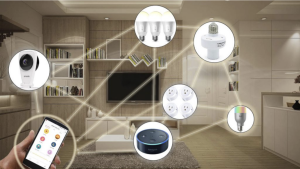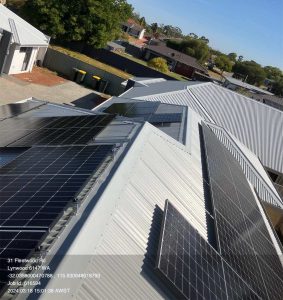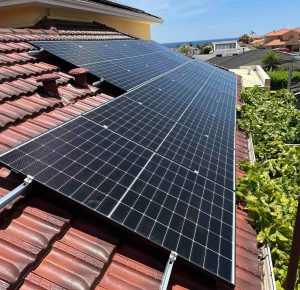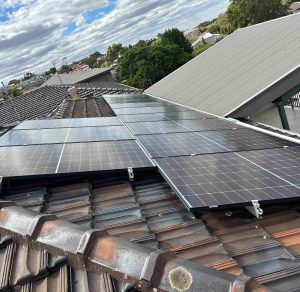In the realm of renewable energy, the integration of solar power with storage solutions is revolutionizing how we manage energy consumption. Electric Vehicle (EV) charging using solar energy is a sustainable approach that not only reduces our reliance on fossil fuels but also promotes energy independence. Among the innovative solutions emerging are solar-based Vehicle to Home (V2H) technology and traditional solar battery systems. These technologies offer distinct advantages and challenges for homeowners looking to optimize their energy usage. This blog explores the differences between V2H and solar battery systems, their financial implications, resilience, compatibility with home setups, and factors to consider when choosing between them.
V2H vs. Solar Batteries for Australian Homeowners
For Australian homeowners, deciding between V2H technology and traditional solar battery systems depends on various factors, including lifestyle, energy needs, and budget. V2H technology allows homeowners to use their EV batteries as a power source for their homes, converting their vehicles into mobile energy storage units. This technology can be particularly beneficial in scenarios where the vehicle is parked at home for extended periods.
On the other hand, solar battery systems are dedicated energy storage solutions designed to store excess solar energy generated during the day for use during nighttime or power outages. These systems are typically stationary and provide a consistent and reliable source of stored energy. The choice between V2H and solar batteries can significantly impact how homeowners manage their energy consumption and costs.
Comparing the Financial Implications of V2H and Solar Batteries
When evaluating the financial implications of V2H versus solar batteries, it’s essential to consider both initial investment costs and long-term savings. V2H technology can be a cost-effective solution for homeowners who already own an EV, as it leverages the existing battery without the need for a separate solar battery system. However, the installation of V2H infrastructure may require additional expenses for compatible charging stations and inverters.
Solar battery systems, while potentially more expensive upfront, offer dedicated energy storage that can lead to significant savings on electricity bills over time. The cost of solar batteries has been decreasing, making them more accessible to a broader range of homeowners. Additionally, solar battery systems can qualify for various government incentives and rebates, further reducing the financial burden.
Resilience of V2H and Solar Battery Systems
In terms of resilience, solar battery systems are often viewed as a more reliable option compared to V2H technology. Solar batteries are designed specifically for energy storage and are engineered to provide consistent performance over their lifespan. They can be a dependable source of backup power during outages, ensuring that essential appliances and systems remain operational.
V2H technology, while innovative, may face limitations in reliability due to the primary function of EV batteries. The battery’s performance can be affected by factors such as driving patterns, battery age, and charging cycles. While V2H can provide a flexible backup option, it may not always offer the same level of reliability as a dedicated solar battery system.
Which Option Fits Your Home Setup
Determining whether V2H technology or a solar battery system is the best fit for your home setup involves assessing your current infrastructure and energy needs. V2H technology requires compatible EVs, charging stations, and possibly additional inverters to enable bi-directional charging. Homeowners must also consider the availability of their EVs, as frequent driving may limit the battery’s availability for home energy use.
Solar battery systems, conversely, can be integrated seamlessly into existing solar setups. They require less maintenance and can be installed with minimal disruption to your home. However, homeowners must ensure that their solar array is appropriately sized to generate enough excess energy for storage.
Factors to Consider When Choosing Between V2H and Solar Batteries
When choosing between V2H technology and solar battery systems, several factors should be taken into account:
- Energy Needs: Assess your daily energy consumption and determine which system can meet your requirements more effectively.
- Budget: Consider both upfront costs and potential long-term savings. Evaluate any available incentives or rebates.
- Reliability: Consider the reliability of each system in providing consistent power during outages or high-demand periods.
- Infrastructure: Evaluate your existing infrastructure and the compatibility of each system with your current setup.
- Lifestyle: Consider your lifestyle and how it may impact the availability and use of the storage system. For example, frequent EV use may limit the effectiveness of V2H.
In conclusion, both V2H technology and solar battery systems offer valuable solutions for homeowners looking to enhance their energy independence and sustainability. By carefully evaluating the financial implications, reliability, compatibility, and personal energy needs, homeowners can make an informed decision that best suits their unique circumstances.









